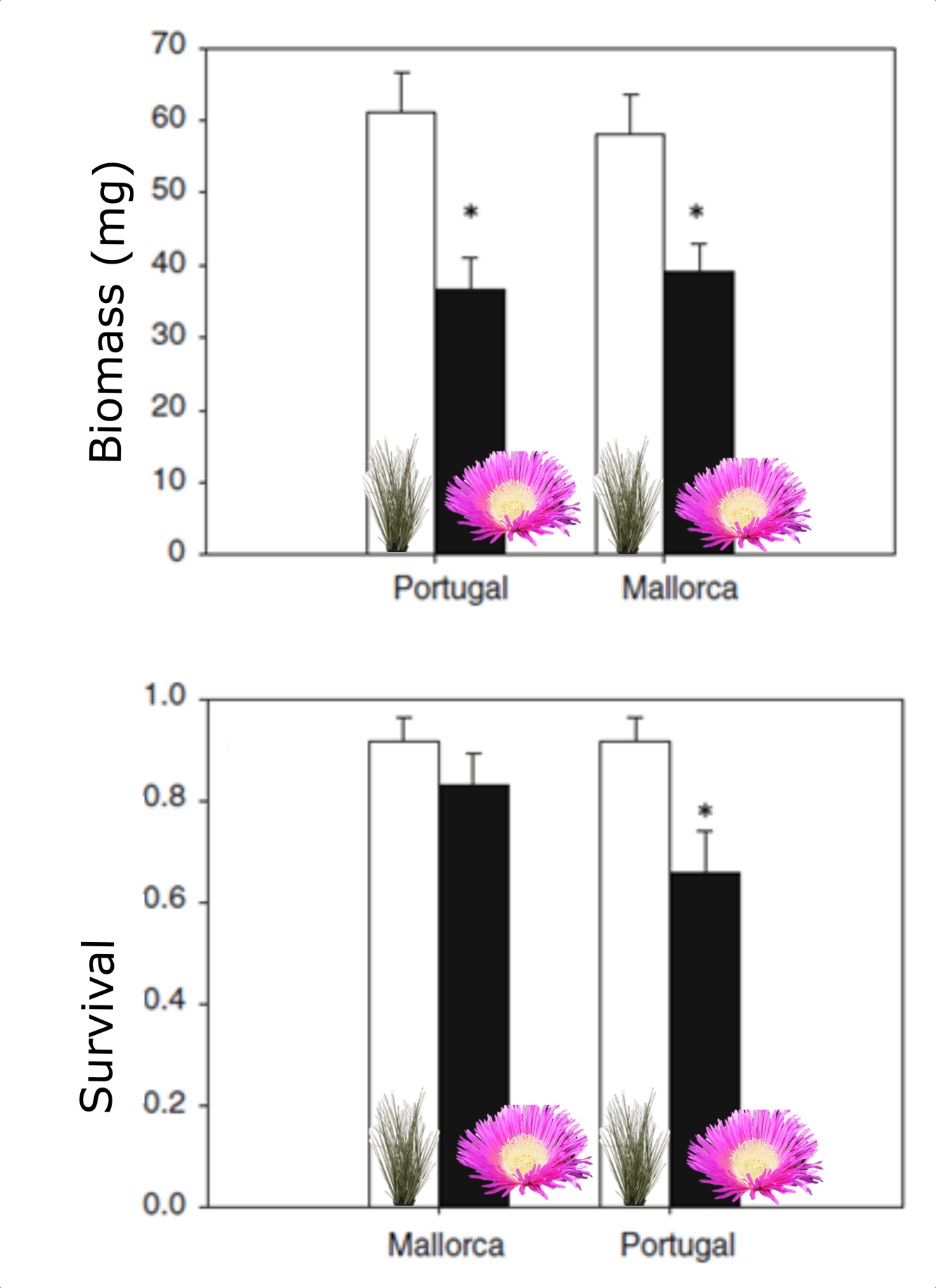Marram grass as a sand binder
The total sand supply from the (high) beach is the most important component for dune development on a large scale. The present marram grass will be able to fix part of this sand, which will result in a local growth of the dune around the marram tussocks. This sand accumulation has the effect that the marram grass can rise, which translates into an increase in the biomass of the these tussocks and consequently a greater capacity to fix sand. Sand drift and marram grass growth are therefore positively coupled on a small scale.
Increase in the biomass and cover of marram grass on a larger spatial scale will, however, locally inhibit the sand supply, causing the grass to die off and be replaced by stable herbaceous vegetation and thickets (hyperstatic dune); or allow spraying again if sand supply is very high (dynamic dune). The dying of marram grass is the result of an increased colonization by plant parasitic nematodes. When sand is accumulated, the plant will be able to avoid these pathogens by growing in height along with the dune. In this way the roots develop in a pathogen-free zone.

